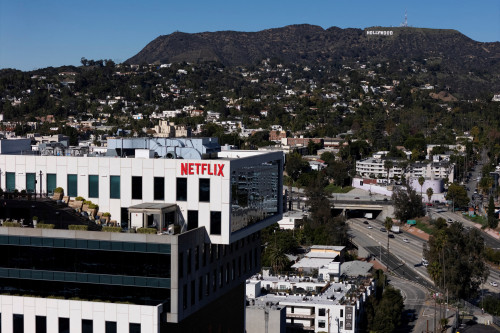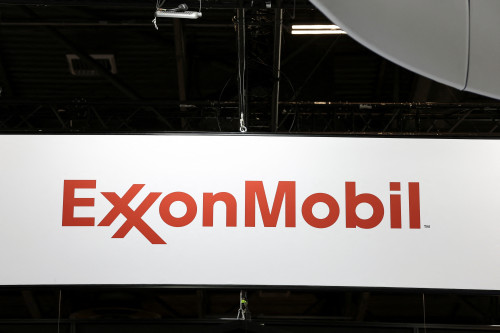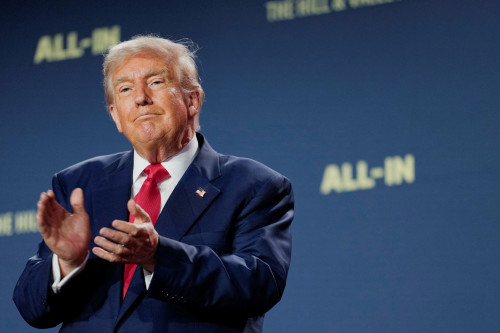By Rachel Nostrant
(Reuters) – The Punana Leo language-immersion school in Lahaina, the historic former capital of the Kingdom of Hawaii, stood for decades as a gleaming symbol of the fight to stop Hawaiian language and culture from disappearing forever.
Last week the preschool became one of the casualties of a wildfire inferno that displaced thousands, upended Maui’s tourism-fueled economy and killed more than 100 people – a number that is expected to rise as the search for the missing pushes ahead.
The school was decimated, said Ka’iulani Laeha, chief executive officer of Aha Punana Leo, the nonprofit organization that ran the Lahaina school. It burned down alongside historic Waiola Church, a 200-year-old building that once served as the burial place for some of Hawaii’s royal family.
“This is a huge devastation to that community as a whole,” Laeha said, adding that a majority of the dozens of students and faculty at Punana Leo also lost their homes last week when the fire raced through the West Maui town, leaving a trail of ashes in its wake. Thankfully, she said, everyone had been found safe or accounted for.
The Lahaina Punana Leo was one of Aha Punana Leo’s 13 schools across Hawaii dedicated to immersing young people in Olelo Hawaii, the ancestral language of the archipelago, which came close to extinction before an organized campaign to save it began in the 1970s. Punana Leo is Hawaiian for “nest of voices.”
The loss of the school is especially painful because of its location in Lahaina, a focal point of Hawaii’s Polynesian culture. It was one of the first centers established under a movement to revive the language after a government ban on teaching Hawaiian was lifted in 1978.
Punana Leo schools predate the Hawaii Department of Education’s own language immersion program established a few years later in the late 1980s. The department oversees around two dozen public schools offering Hawaiian immersion.
When foreign settlers first arrived to the Hawaiian Islands in the 1800s, around 400,000 to 800,000 people spoke Olelo Hawaii. By the 1980s, only a few hundred native speakers were left.
Today, there are only an estimated 26,000 Hawaiian language speakers even with some 309,000 people identifying as at least partially Hawaiian, according to the 2021 U.S. census.
Kaliko Baker, an associate professor of Hawaiian language at the University of Hawaii at Manoa, said the fire destroyed more than just a building. The school was symbolic of the health of a culture that has survived years of struggle, he said.
“Language to a people is a cornerstone,” Baker said, “upon which a foundation is set to build the character of the national ethnic identity.”
Learning a language is key to the identity of a people, he said. “We learn who we were, which informs who we are today, and who we’d like to be in the future.”
Despite efforts by Aha Punana Leo and the education department, the Hawaiian language remains on UNESCO’s endangered language list, highlighting the continued need for schools such as Punana Leo in Lahaina.
All three of the state-run immersion schools located in Lahaina remain closed following the fire, according to the Hawaii Department of Education.
Lahaina schools had a total enrollment of about 3,000 students, with hundreds of faculty and staff.
In a statement Tuesday, Superintendent Keith Hayashi said the schools only suffered minor damages.
But the top priority from both the Department of Education and Aha Punana Leo remains the immediate safety of students and residents.
“We have every intention to rebuild in the long term,” Laeha said. “But for right now, our priority is making sure that everyone is supported in the ways that they need.”
(Reporting by Rachel Nostrant in New York; Editing by Frank McGurty and Jonathan Oatis)





